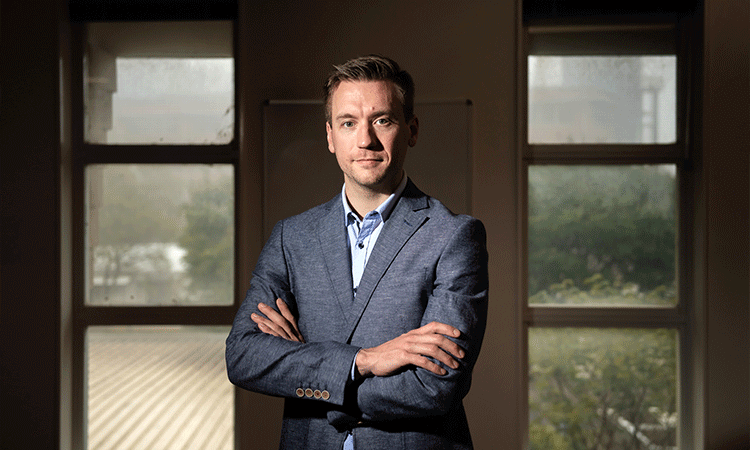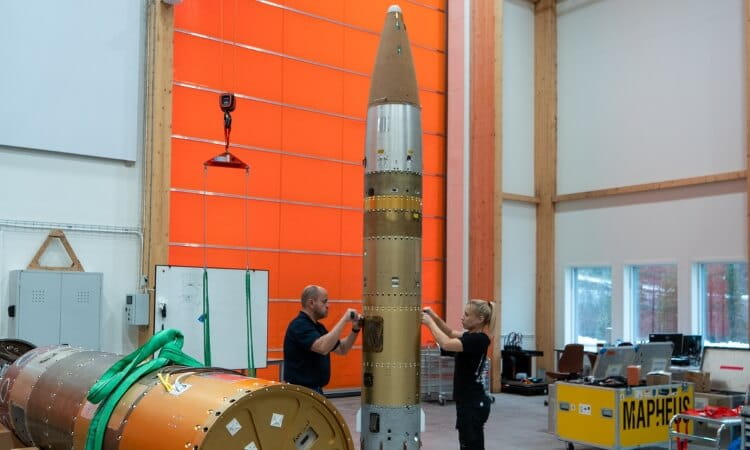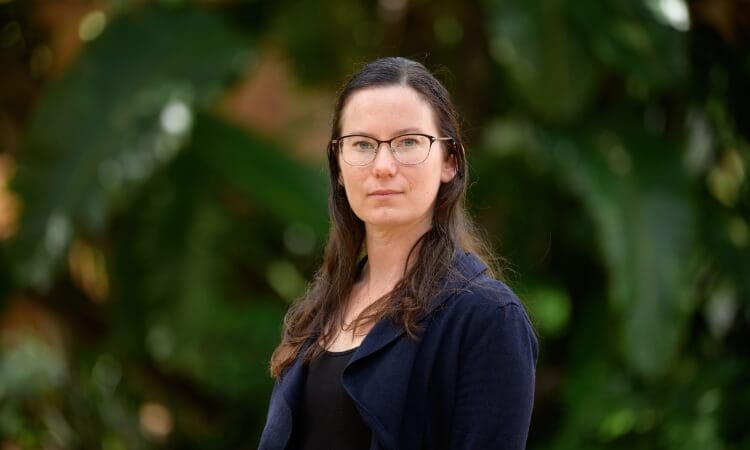A new paper published in Science today (April 14) could prove integral to the future discovery of distant planets.
Combining indirect detection with a ground-based direct imaging technique, an international team of astronomers, led by Dr Thayne Currie, were able to accurately identify a star with a planetary companion, and then image the gas giant, now referred to as HIP 99770b.
Among the team was University of Southern Queensland astronomer Dr Simon Murphy, whose knowledge of stellar pulsations helped to build a more detailed profile of HIP 99770b and its host star.
Formerly a researcher at the University of Sydney, Dr Murphy was recruited to the project in 2021.
“Direct imaging is a very important detection method that we have at our disposal, but so far only around 20 exoplanets have been discovered using this method,” Dr Murphy said.
“The reason for this is these surveys are usually run blind – we observe any star we can see and hope to find a planet.
“To improve the success rate, this study first looked for indicators that a star might have a planet, a technique known as indirect detection.
“This particular star was found to be wobbling across the sky, suggesting it was being pulled around by a planet – and when we imaged the system, we did indeed find one.”
There are many benefits to using multi-technique approach, according to Dr Murphy.
“Imaging can help shed light on a planet’s atmospheric properties, such as temperature and its composition,” he said.
“However, it doesn’t give you the mass or orbit, and this is where indirect detection and the star’s wobble comes in.
“Using astrometry, we can track the planet's orbital motion and determine its mass.”
Having completed his PhD in astrophysics, Dr Murphy was tasked with investigating the host star, which yielded interesting results.
“This star was located in a collection of stars called the Argus association, of which most stars are roughly the same age – about 40 million years old,” he said.
Dr Murphy was also tasked with determining the star’s age by studying its pulsations, a technique known as asteroseismology. This showed it to be much older.
“The age we determined from stellar pulsations didn’t match the age of stars around it,” he said.
“This isn’t entirely unexpected – sometimes you get much older interlopers. This star was somewhere in the region of 150 million years old.”
Dr Murphy said the findings from this paper could be used to aid future research.
“The hit rate of this direct imaging, when run blindly, is so low, but it’s an important technique that can provide so much information about a planet,” he said.
“So, in this instance, we have improved its success rate by combining techniques, which will improve its capabilities for future studies.”
Interested in all things space? Learn more about the University of Southern Queensland’s Centre for Astrophysics.



